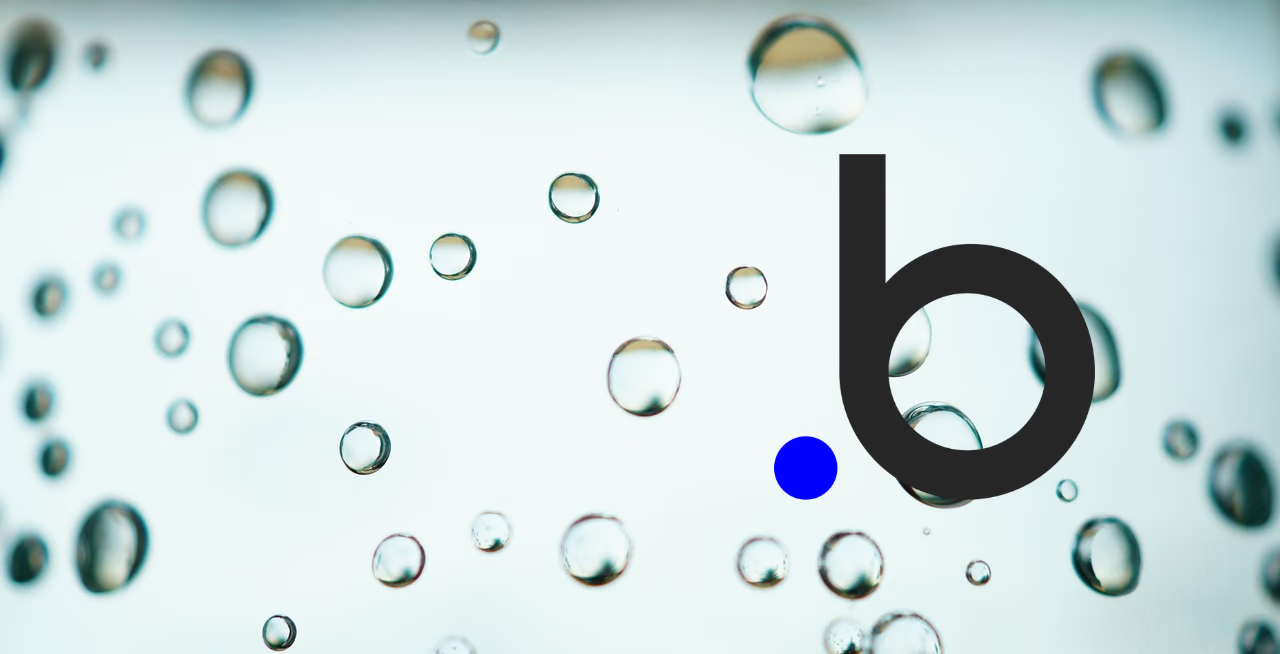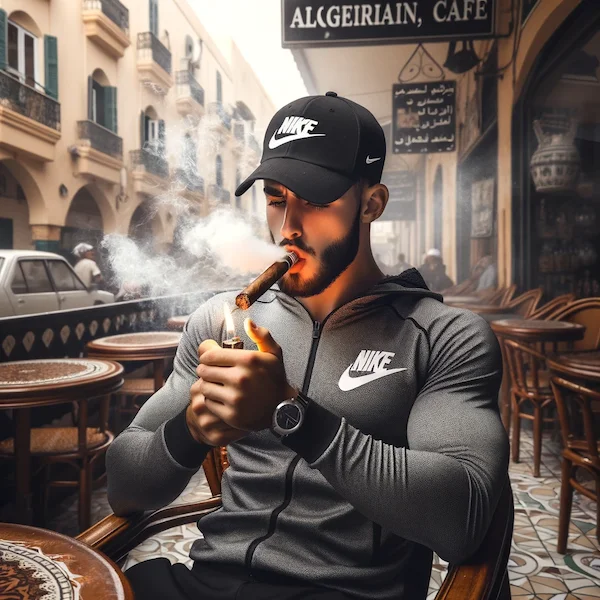Bubble SaaS Examples
Choosing the right platform to create your app or website is crucial in an ever-evolving digital setting. Today's blog looks into Bubble - a powerful, programming tool and cloud platform that enables anyone to build their web applications visually without code. By presenting and describing successful examples of SaaS that leveraged Bubble, we'll showcase the versatility this platform enables, and it's potential to disrupt the SaaS building domain.
You'll learn about some of the most successful Bubble apps and websites. These real-world applications are a testament to Bubble's creative and commercial potential that will inspire entrepreneurs and developers.
Later on, we'll address the most frequently asked questions about Bubble, exploring its usability, profitability, and suitability for different types of apps. Plus, for those curious about Bubble alternatives, we've covered you by comparing other popular platforms like Carrd, Webflow, Airtable, Softr, OutSystems, and Appy Pie. So, whether you're an aspiring app creator, developer, or tech-curious, you'll benefit from learning about explicit examples and our answers.
Most Successful Bubble Apps and Websites:
By August 2021, Bubble has been the web infrastructure foundation for over a million web applications. Venture capital-supported startups profited tremendously from leveraging Bubble.
Example 1: Closify
Closify is a marketplace application designed to aid businesses in streamlining the sales representative recruitment process.
tryclosify.com enables businesses to no longer rely on recruitment agencies or expensive hiring platforms. Closify also offers performance guarantees.
- Website: https://www.tryclosify.com/
- Founder(s): Alex Heiden
- Category: Sales
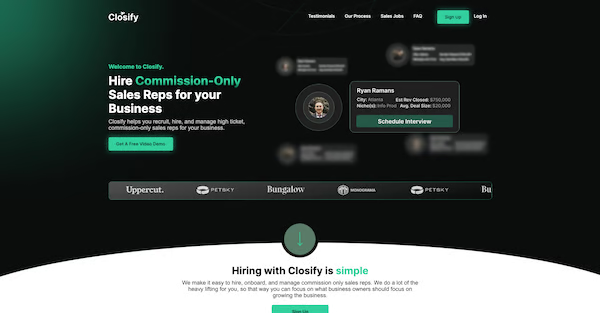
Example 2: Trackify
Trackify, built on Bubble, is a unified sales data tracking and management platform designed to replace spreadsheets, complex tracking systems, and tedious end-of-day reports.
It provides streamlined access to sales data, enabling businesses to enhance their profitability through informed decision-making.
Trackify also includes features such as a leaderboard, AI-powered call review and grading and social media connections.
- Website: https://www.gettrackify.com/
- Founder(s): Alex Heiden
- Category: KPIs
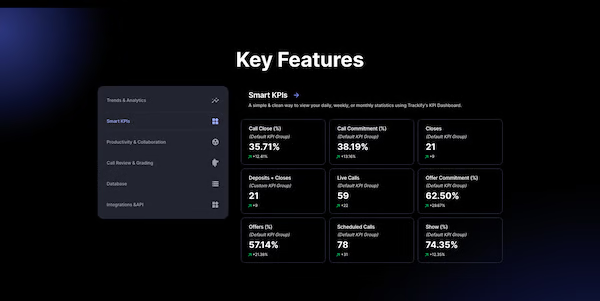
Example 3: Dividend Finance
Dividend Finance was founded in 2013 with a vision for a more sustainable world; it has grown to become a leading provider of solar projects and home improvement.
Dividend Finance developed a platform that serves homeowners seeking to finance their solar projects and installers needing a CRM. Since its inception, it has raised over $330 million and processed over $1 billion in loans through its Bubble-built solution.
- Website: https://www.dividendfinance.com/
- Founder(s): Eric White
- Category: Finance
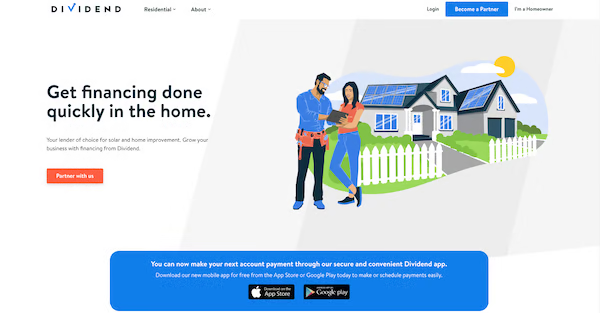
Example 4: Cuure
Cuure is a company that upgrades health through personalized nutrition plans Cuure also offers a tracking app to track dosages, mood, and nutritional goals. This innovative platform tailors nutrient intake based on individual needs and preferences.
Since its inception, Cuure has garnered significant investment, raising €1.8 million from prominent European investors.
- Website: https://cuure.com/
- Founder(s): Jules Marcilhacy and Hugo Facchin
- Category: Health, and Supplements
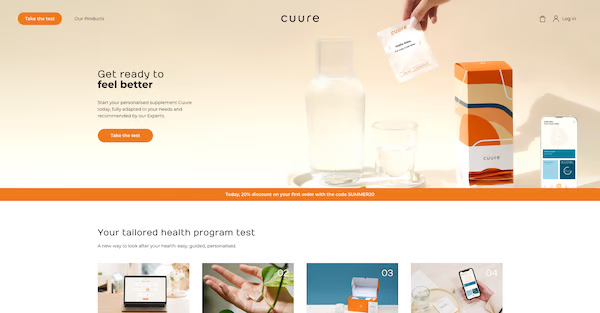
BOLD: Example 5: Comet
Comet is a talent-matching platform for freelance IT professionals.
Comet reached a staggering $800k in revenue before securing its first major investment round of $13 million.
- Website: https://www.comet.co/
- Founder(s): Valentin Cordier, Charles Thomas, and Joseph
- Category: IT Freelance Services

Example 6: TealHQ
TealHQ is an AI platform that facilitates job searches for users.
With features like an AI-optimized Resume Builder and Job Application Tracker, TealHQ makes the job search process seamless and automated for users.
Investors have recognized this innovative approach. The company raised $5 million.
- Website: https://www.tealhq.com/
- Founder(s): David Fano
- Category: Job Market

Example 4: Cuure
Tinkso is a no-code agency. They work on digital product development.
Tinkso combines design with no-code services to help businesses develop their digital environment or product.
- Website: https://tinkso.com/
- Founder(s): Vincent Krouwels
- Category: bubble.io Web Development Agency
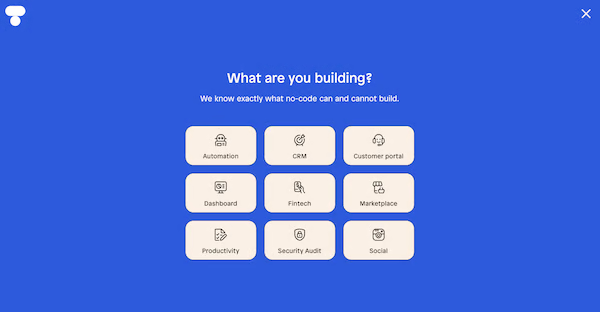
Example 8: Steelcase
Steelcase is a global leader in the office furniture industry.
The brand is well known for its innovative designs.
Their website is a comprehensive platform where customers can explore products and access information about design and materials.
- Website: https://www.steelcase.com/
- Founder(s): Peter M. Wege, Walter D. Idema, David D. Hunting
- Category: Furniture
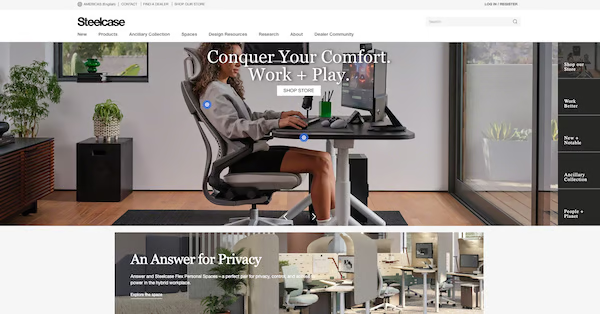
Example 9: Make Fortnite Skins
Make-Fortnite-Skins.com presents an interactive experience for Fortnite fans worldwide.
This platform lets users personalize their gaming avatars by customizing their Fortnite skins. The site's easy-to-navigate interface makes it popular among gamers.
- Website: https://make-fortnite-skins.com
- Founder(s): Eric White
- Category: Gaming

Example 10: Here
Here.co is revolutionizing the investment markets by offering an innovative approach.
The platform allows individuals to invest in high-yielding vacation rentals, much like stocks, offering a new avenue for earning passive income.
- Website: https://here.co/
- Founder(s): Corey Ashton Walters
- Category: Investing
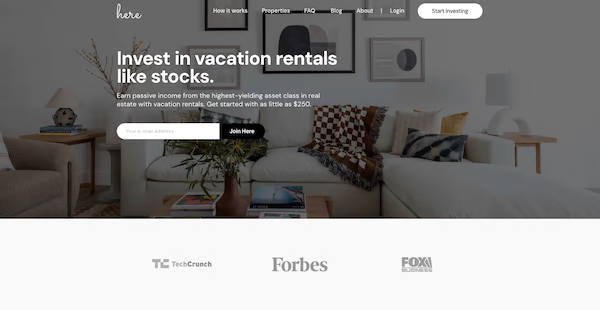
Bubble Related Questions
What is Bubble app used for?
By August 2021, Bubble has been the web infrastructure foundation for over a million web applications. Venture capital-supported startups profited tremendously from leveraging Bubble.
Bubble is a no-code platform that enables users to build web applications that can be hosted on Bubble's cloud infrastructure. Clients can use Bubble to create simple prototypes or complex, full-fledged web apps without writing code.
Through Bubble's visual interface, you can:
- Create a customized UI layout for your app
- Utilize one of several Bubble's pre-build templates that their designer fully designs
- In Bubble, users can set specific workflows, i.e. add functionality and,
- Manage data
Bubble's intuitive design makes it accessible, even for individuals without coding experience. The types of software that can be built on Bubble are limitless; examples include e-commerce sites, dashboards, marketplaces, social networks, AI platforms and more.
Bubble offers businesses and entrepreneurs an efficient and cost-effective way to launch an app idea or streamline internal business processes. Despite its user-friendliness and simplicity, Bubble is flexible and powerful enough to integrate specific app features tailored to your needs.
What kind of apps are built on Bubble?
Bubble's versatility supports the creation of a multitude of different applications.
Bubble for educators and communities: Many personal brands have emerged through the "Bubble influencers" space. These influencers aggregate individuals looking to leverage Bubble for their businesses. These communities can also be leveraged to sell courses or do affiliate marketing, creating a lucrative business model for the brand owner.
Bubble for solo entrepreneurs: Personal users and hobbyists find Bubble ideal for bringing their ideas to life, be it a personal blog, a digital portfolio, or an innovative app prototype.
Bubble for Businesses: Businesses utilize Bubble to create internal tools, streamlining processes to replace tedious tasks that can be automated—notably HR management, inventory control, or customer relationship management.
Bubble for Startups: From Bubble's sources, startups often leverage Bubble to build software products like social networks, online marketplaces, or domain-specific SaaS. Learn more about how to create SaaS.
Bubble for Solo Nonprofits: Nonprofits have used Bubble to develop platforms to serve their communities better. For example, they can better manage volunteer operations or raise funds through apps built on top of Bubble.
Can you make money with Bubble?
The success of monetizing a Bubble-made app depends on your idea's market fit and your ability to conduct viable business decisions.
While Bubble itself doesn't directly generate income, it equips you with the tools to create value-adding applications or content that can be monetized through different means.
Some of the methods you can integrate into your app to monetize include:
- Advertisements: Platforms like Google Ads or Mediavine let you display ads on your app
- Affiliate marketing with affiliate links
- E-commerce, E-learning or marketplace are business models where you can make money from each transaction with Stripe payment API and,
- There is also the subscription model for making recurring revenue. The client pays a subscription fee through the Stripe payment API. For example, to sell products, services or online tools
You could also use Bubble to develop apps for clients for revenue or teach them how to make apps for social media marketing.
A standard monetization method offers users freemium or premium features at a cost.
Installing the Stripe plugin into your Bubble application to manipulate money is the standard way. This method is reminiscent of WordPress's plugin system.
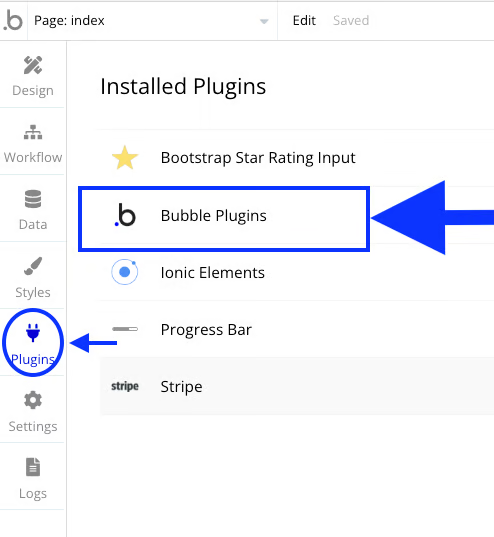
Add a quote:
"Use Stripe to process payments, including transactions, delayed charges, subscriptions, and allowing users to charge each other."
... bubble.io
Through your Stripe Account, you will be given access to these fields values you can then import manually towards your Stripe bubble plugin interface to start manipulating transactions B2B or B2C: Live Client ID, Live Secret Key, Live Publishable, Key Client ID, Secret Key, Publishable Key, Image for Stripe Checkout, Name for Stripe Checkout, Stripe Checkout version, Collect the user's zip code with Checkout (true/false) and Collect the user's address with Checkout (true/false).
After Setup, with the plugin, you can make data calls to retrieve transactional data such as: Get Stripe Event, Get Stripe Customer, Get Stripe Coupons, Get Stripe Coupon, Retrieve Stripe Invoice, Retrieve Stripe Balance, Retrieve Stripe Tax ID.
As for functionality goes the actions you can take through this plugin are the following: Stripe Tax ID Charge The Current User, Collect The User's CC Information, Charge A User Using Saved CC, Capture An Authorized Charge, Register The User As A Seller, Subscribe The User To A Plan, Apply A Coupon To The User's Subscription, Cancel The Current User's Plan, Create An Invoice Item, Update An Invoice Item, Create An Invoice, Update An Invoice, Pay An Invoice, Cancel An Invoice, Create A Subscription Item, Update A Subscription Item, Delete A Subscription Item, Make A Card New Default, Delete A Credit Card, Set A User's Credit Balance, Adjust A User's Credit Balance, Update Stripe Customer, Create A Stripe Coupon, Transfer To Seller, Create Payout, Create A Stripe Value List Item, Create A Tax ID, Delete A Tax ID, and Get List Of Tax IDs.

Documentation about the stripe plugin on bubble.io
Yes, you can indeed make money with Bubble.
Is Bubble good for making apps?
Front-end builder:
While Bubble's front-end builder offers a no-code way to assemble your UIs, it comes with a learning curve. I've noticed the widgets to manipulate and edit the UIs to be non-clickable at times and glitched in terms of view. Some non-tech-savvy users need help understanding the front-end system.
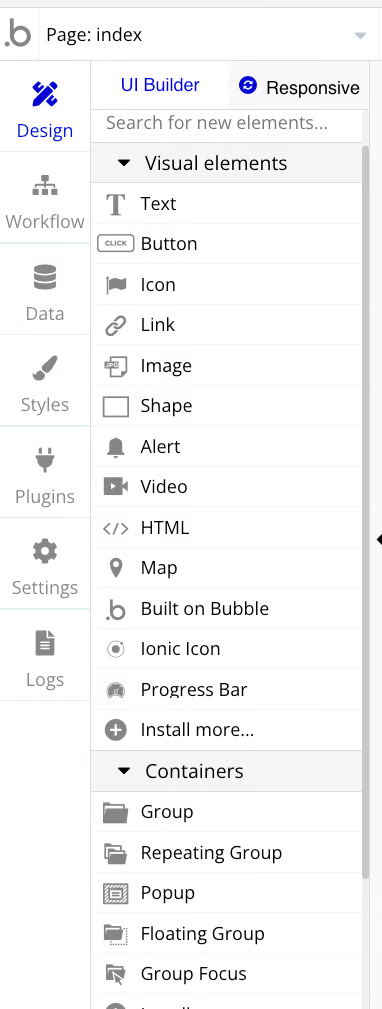
From a technical standpoint, the platform requires the potential to accommodate a lot. Therefore, the final product you build off Bubble will carry unnecessary overhead.
The system you build off of it will carry minor glitches that you cannot fix, as these glitches require in-depth debugging, setting or code edits.
Traditional HTML and CSS templates may offer a more straightforward approach for those looking for a better-crafted product. Building with these fundamental web technologies is best.
The Backend infrastructure:
Bubble shines in its backend capabilities, offering a cloud-based infrastructure that simplifies the app's deployment process.
Otherwise, deployment is a difficult task and requires backend and DevOps engineers. The platform handles your server infrastructure for you.
The Bubble platform is designed to scale according to your needs. It can handle growing user traffic per different pricing levels.
Bubble deploys its client's apps on Amazon Web Services (AWS). AWS is a cloud hosting provider. Bubble allocates server space based on your app's computer hardware usage (CPU and memory) and subscription tier.
When your app is being deployed, Bubble puts it through over 600 checks to prevent bugs from getting into production.
Bubble gives the option to utilize shared or dedicated hosting.
The uptime for Bubble is allegedly in the 99.95% to 100%.
I ran some audits on some random website built on Bubble and came to this conclusion:
The web app loads at reasonably decent speeds and, like any app, can be optimized to load fast.
However, I've stumbled upon bubble-built sites with poor loading speeds.
Below is a screenshot of my audit to give you an idea:
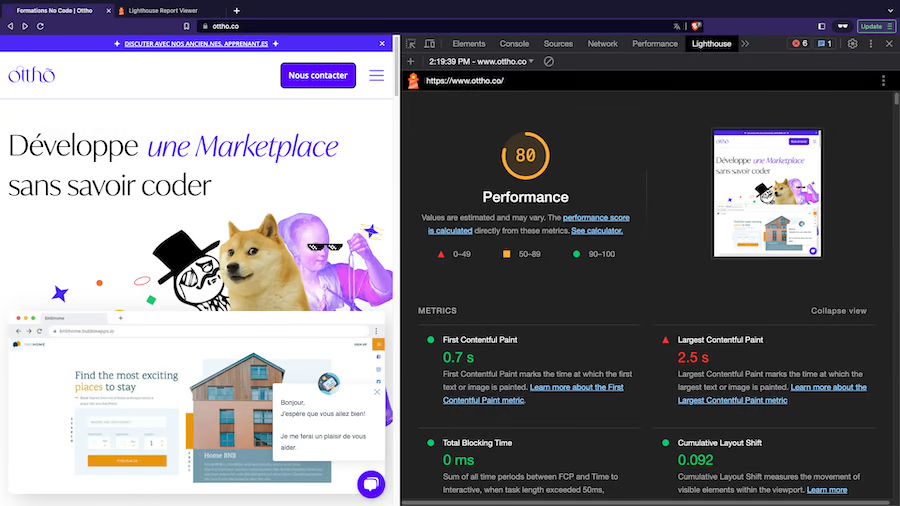
What is bubble.io built on?
Software companies do not publicly disclose their technologies for confidential and IP reasons. Therefore, Bubble uses the technologies based on their Investor Description pdf file and web analyzer Chrome extension.
Bubble reveals that Bubble uses JSON-based declarative language for web application assembly.
For the Backend, Bubble uses:
- Node.js and Express for components the user can link together
- PostgreSQL for the Database
- Amazon Web Services (AWS) for cloud hosting
For the Frontend, Bubble uses:
- JavaScript for front-end modules that can combine in a free-form way.
Third-party tools, frameworks, and libraries:
- Analytics Google Analytics
- Amplitude
- Google Font API
- Open Graph
- Unpkg
- jsDelivr
- cdnjs
- Cloudflare
- Google Tag Manager
- Lottie Files
- lit-HTML 2.1.2
- lit-element 3.1.2
- jQuery Migrate 3.4.1
- Day.js core-js 3.20.3
- jQuery. 3.6.4
- Clipboard.js
Bubble Alternatives
Carrd:
Copy: Carrd is a platform for building simple, responsive one-page sites. Ideal for portfolios, landing pages, and more, it's less complex than Bubble and more suited to basic, single-page web projects.
Webflow:
Webflow, while more complex than Bubble, offers powerful web design tools and a CMS. It's an excellent choice for designers seeking granular control over a website's visual and interactive elements.
Airtable:
Airtable has a more flexible database tool. It excels at data management and organization, with a user-friendly interface that combines spreadsheets and database functionality.
OutSystems:
OutSystems is a high-productivity platform destined for enterprises. It's more sophisticated than Bubble, with more integration tools and capabilities.
Appy Pie:
Appy Pie offers a no-code development solution for mobile apps. It's simpler than Bubble. It is an excellent choice for tech-challenged individuals looking to create mobile apps for iOS and Android.
Softr:
Softr is a no-code platform for building web apps and websites using Airtable as a backend. It's more straightforward and ideal for content-focused applications like directories or online courses.
Earnanswers' Recommendations
Being in the SaaS business, we know that utilizing any tool listed in this blog is a viable option for a SaaS entrepreneur(s).
The tools we recommend would vary greatly depending on your needs and goals.
If you wish to look at what we believe to be the tools of the future in the SasS industry, please submit your e-mail below to download Earnanswers' recommended list of tools and tips.
Click the download below to get Earnanswers' guide to making web systems, or SaaS, by leveraging third-party tools.
Earnanswers makes apps!
If you want to outsource the work to us, professionals who can build your SaaS, please message us from our contacts page with the app requirements you want to develop.
Go to the contact page
Read the "how to create SaaS?" blog for more information on building a SaaS business.
Conclusion
Bubble.io is a powerful tool for building various web applications catering to specific needs.
Although it has a learning curve, its robust backend infrastructure and scalability make it a compelling choice. However, various alternatives like Carrd, Webflow, Airtable, OutSystems, Appy Pie, and Softr have other benefits and cons compared to Bubble.
Your choice ultimately depends on the specific requirements of your project.
